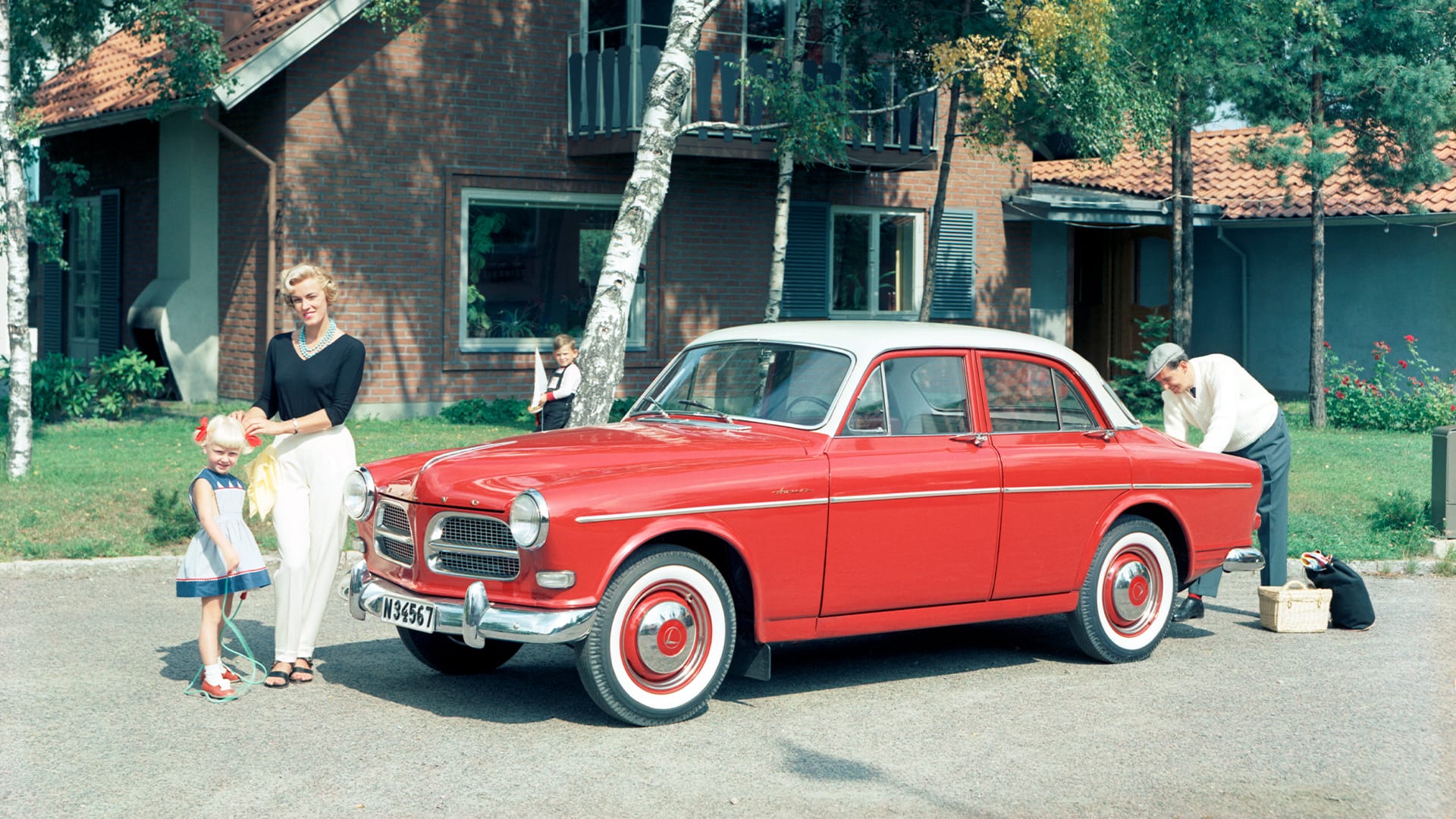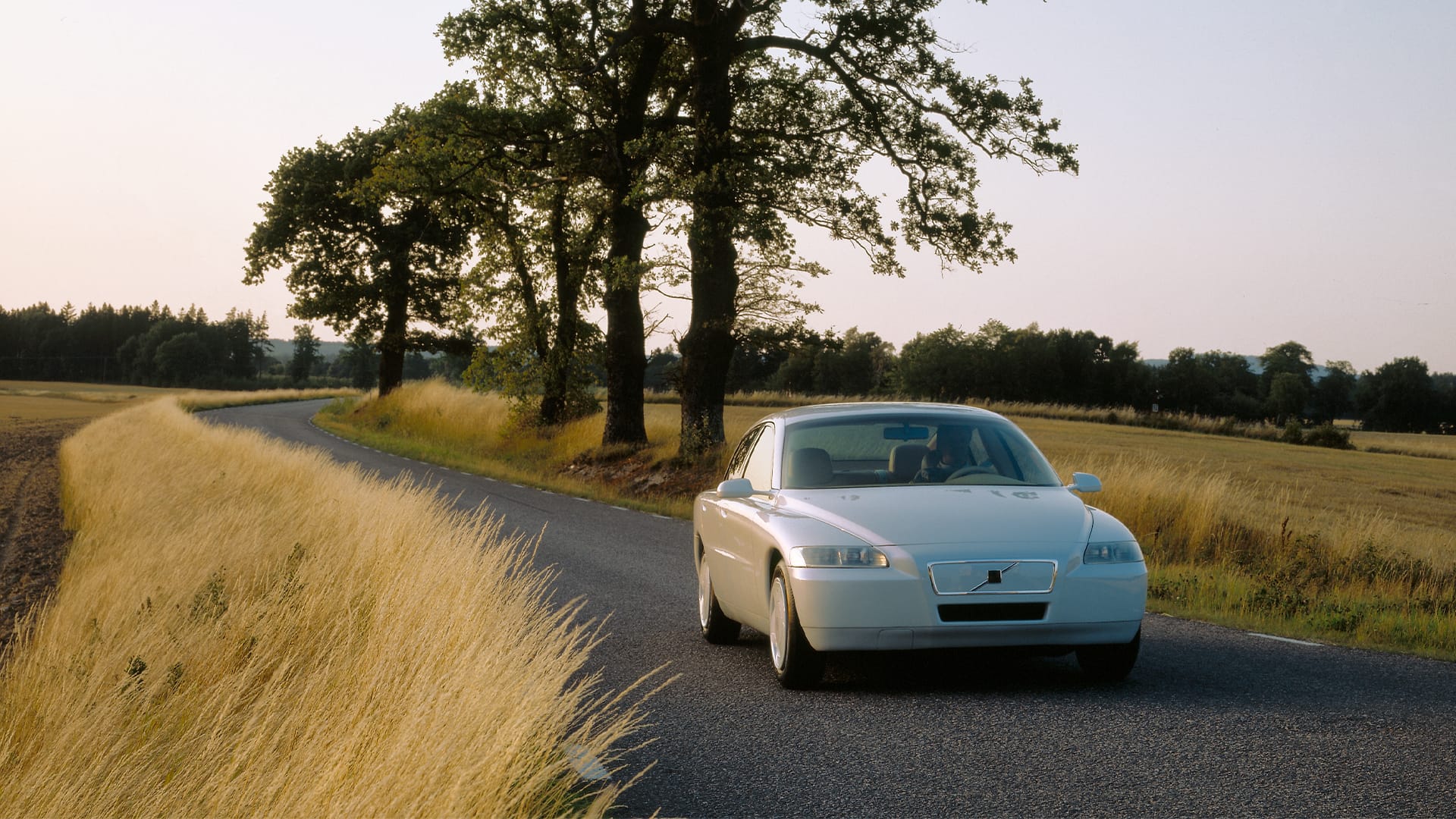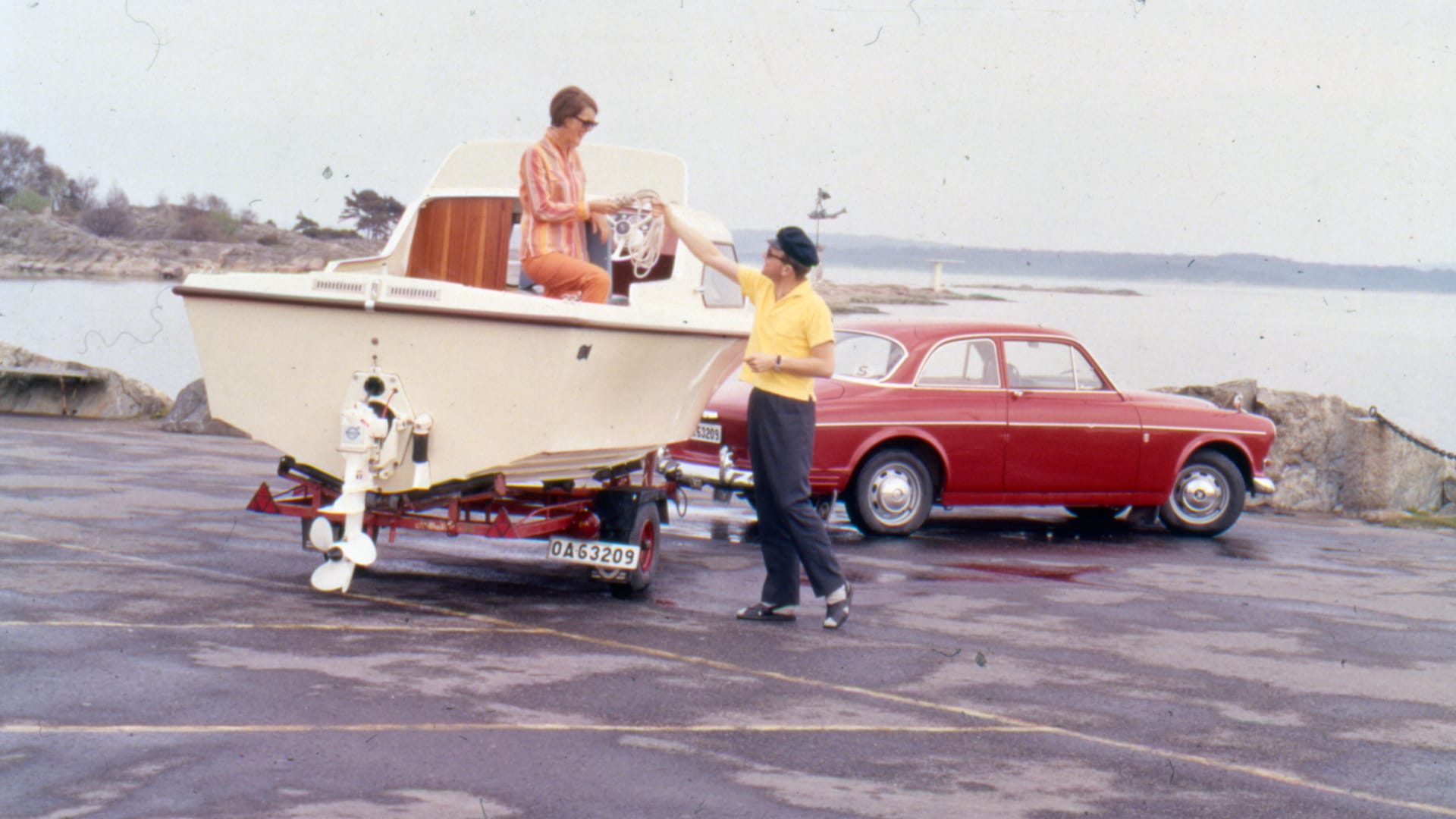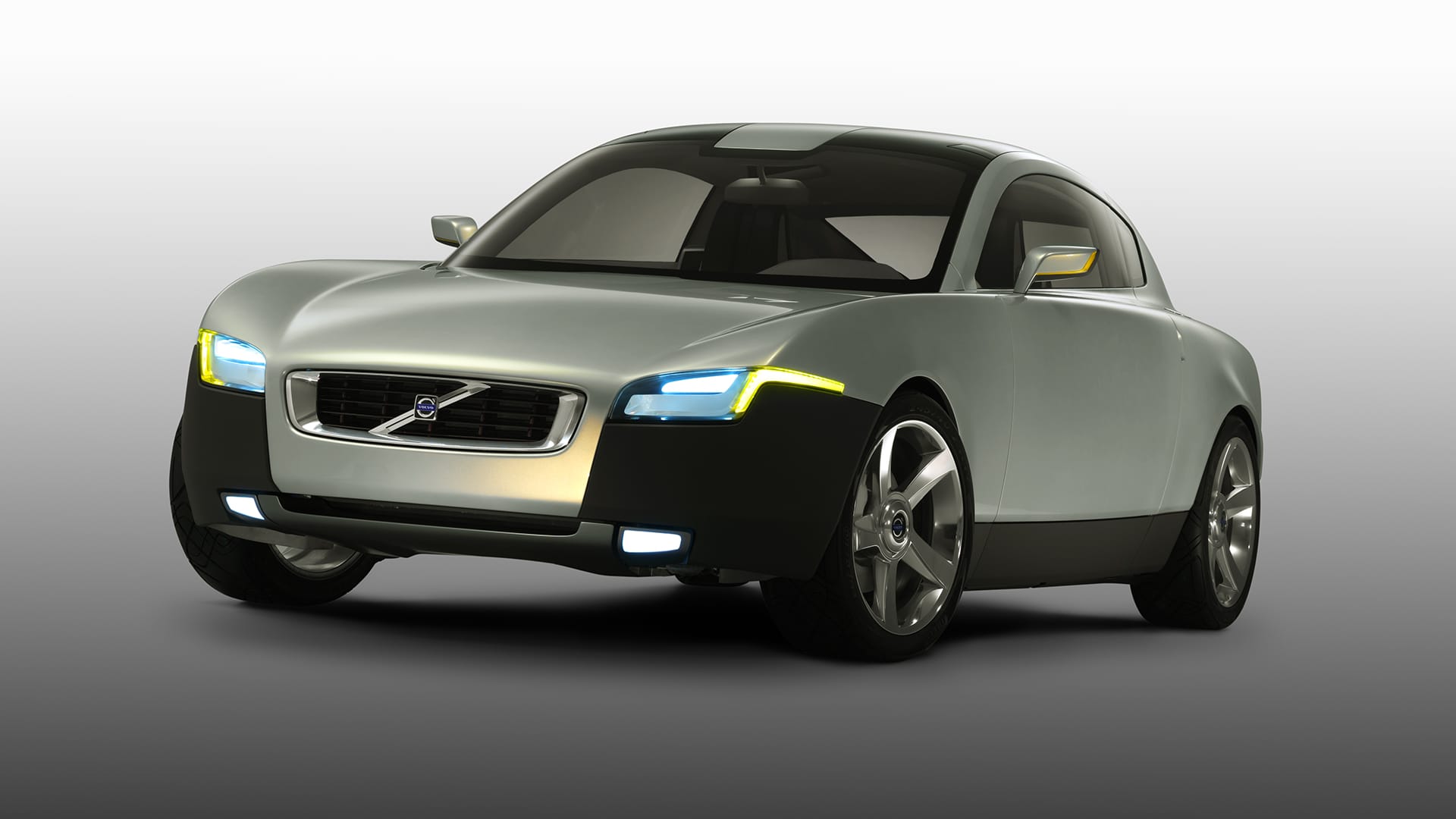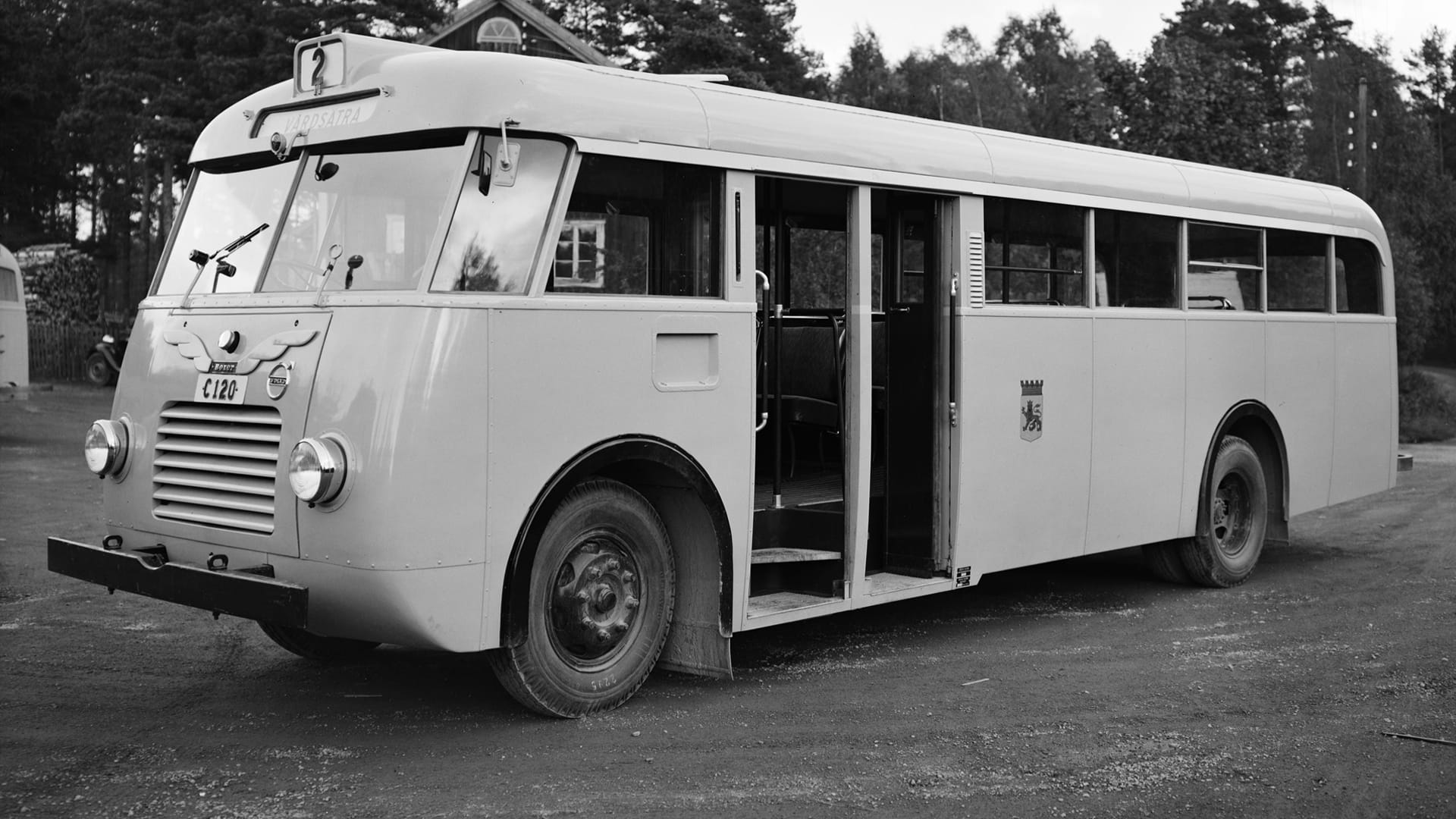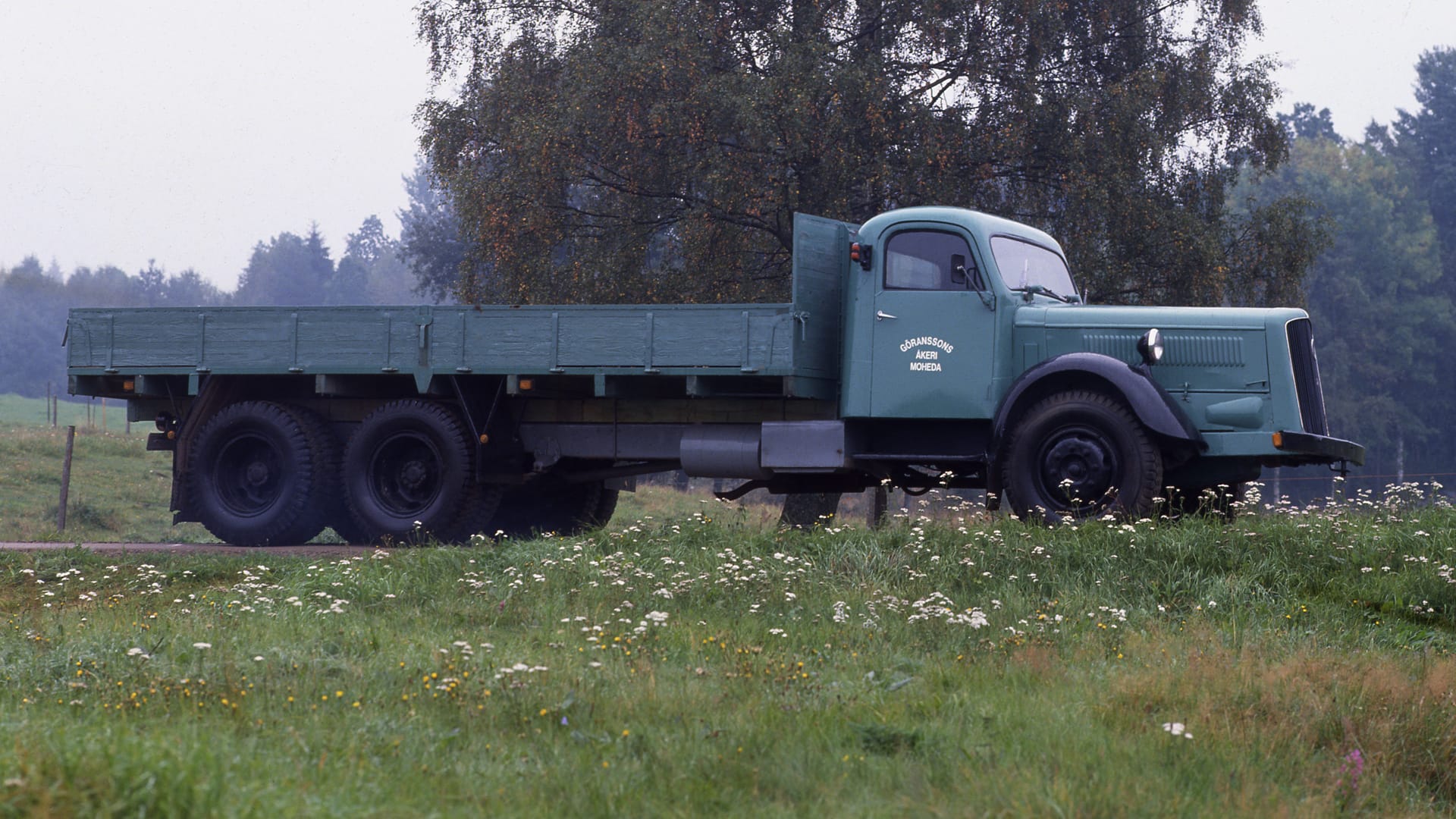Volvo Penta D42

All power to the people
Industrial engines are useful in many different contexts. For example, where alternative power sources are unavailable, or where access to electricity must be ensured, such as in hospitals and server rooms.
How do you solve irrigation if you want to grow dates in the middle of a desert, in 50-degree heat? The answer lies in the industrial engine in the exhibition, the Volvo Penta D42A. Under the protection of a metal roof, it pumps water for cultivation in Tabuk, Saudi Arabia, for a whole 18 years. The engine runs flawlessly throughout all those years, with only routine servicing. The engine is originally developed in collaboration with the subsidiary Bolinder-Munktell and is first launched in the T650 tractor in 1970.
The example above is not chosen at random. In fact, Saudi Arabia is one of Volvo Penta's largest markets in the Middle East for industrial engines. Through the importer Al Khorayef, Volvo Penta has delivered more than 50,000 diesel engines over the past 30 years. Primarily, these engines are used in Saudi Arabia for irrigation and as power generators. Most of them are 13- and 16-liter engines manufactured in Skövde.
Service interval
The engine in Tabuk ran for 2,000 hours per year for 18 years, totalling 36,000 hours. Today's engines have a service interval of 1,000 hours. The demand for industrial engines is increasing rapidly worldwide, with forecasts indicating almost a doubling by 2033. The engines are used for irrigation and other agricultural purposes, mining in ports and forests, construction, and many other environments that drive society forward. However, a significant portion is stationary engines that power generators to create electricity. These can be in places where power grids are absent, such as Antarctica, but also in hospitals, airports, hotels, and server rooms – all to avoid power outages.
Backup power
A concrete example is Beirut in Lebanon, where power outages are a daily occurrence, and most houses are equipped with backup power, generators powered by engines from Volvo Penta. And on Tristan da Cunha, considered one of the most remote and least inhabited islands in the world, the population relies on generator sets powered by Volvo Penta engines.
Large market
Today, over half of Volvo Penta's engines are sold for various industrial applications. The D42 engine is originally derived from the T650 tractor, launched in 1970, and has four cylinders, a volume of 4.2 litres, and in this configuration, produces 68 hp at 2,300 rpm. The second generation of the D42 was launched in 1978 and produced until 1983. For Volvo Penta, the 1980s marked a breakthrough in industrial engines. A new 16-liter engine, the TID 162, was introduced in 1987, along with technical solutions that simplified installation. For example, the generator was delivered pre-assembled in the engine.
Volvo Penta industrial engines are everywhere in society but especially in Agriculture, Forestry, Construction, Gensets, material handling such as ports, mines, and also in specialty vehicles like fire trucks and snow removal vehicles.





